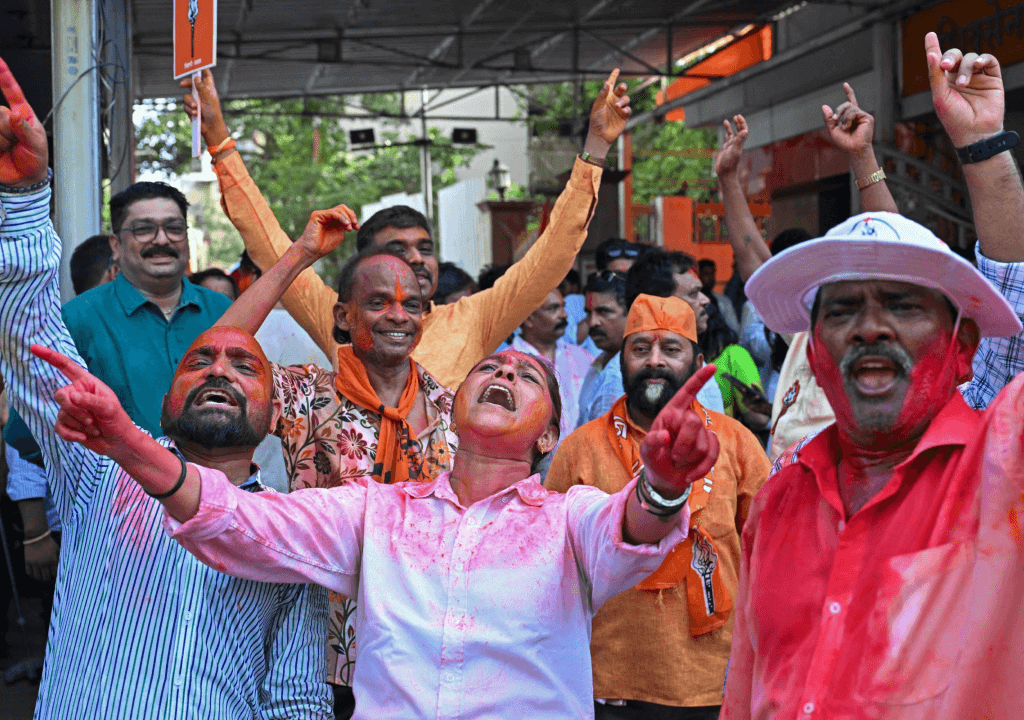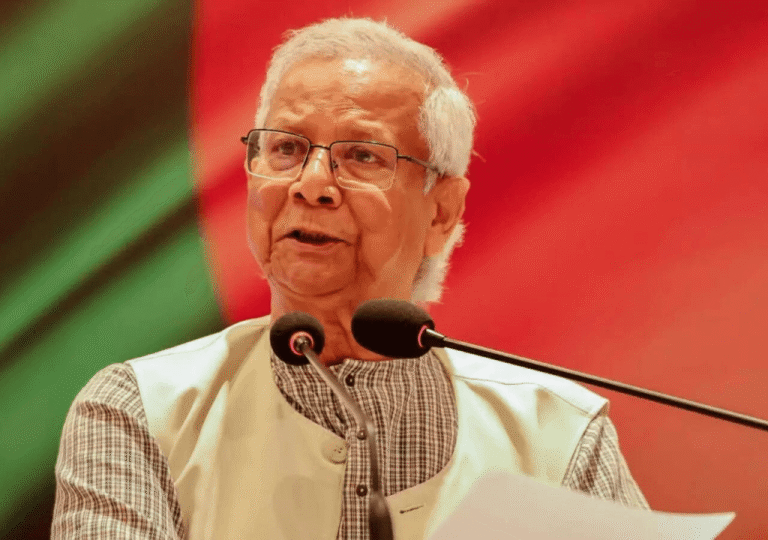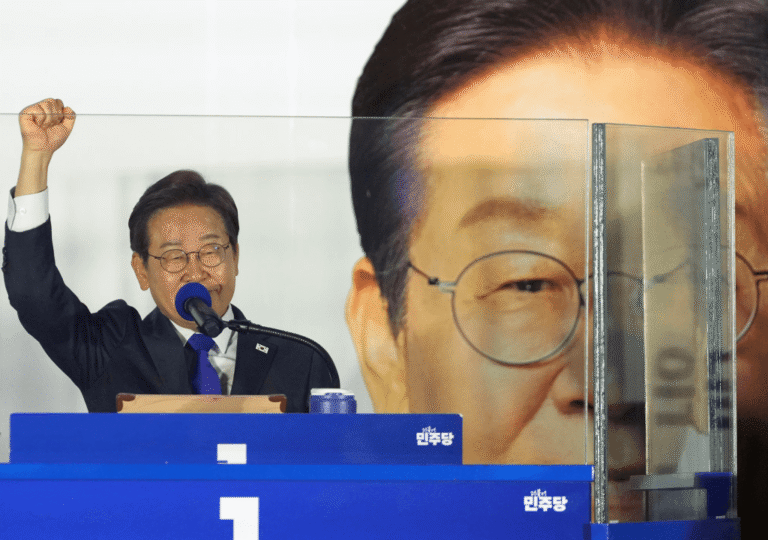Indian politicians and political parties are well known for their flexibility. They can shift sides sacrificing their political aims and stances to secure administration and power. This trend was common in the 1990s when several governments formed in New Delhi without a single majority, mixing up different ideological parties. Even parties that fought each other in Lok Sabha General elections would form alliances to form a government. There are several examples of this phenomenon; we even saw the Hindu Nationalist Party, Bharatiya Janata Party (BJP), and the Anti-Hindu Ideology Party, Dravida Munnetra Kazhagam (DMK), coming together solely for the objective of forming a government, only to fail and soon after, find another partner. This trend, which badly affected India’s growth and the credibility of Indian politics, was diminished with the entry of Narendra Modi into national-level politics. He secured the magical number to form the government single-handedly in the general election. BJP formed the government with a single-handed majority but added their close allies ceremonially in 2014 and 2019. There was no scope for political circuses. Though the election results for the 2024 general election are coming out, BJP doesn’t have a single-handed majority, and is offering a great time for Political Circus again.
While the Election Commission of India still has not officially published the full election results, the media is already announcing the outcome of the marathon Indian general election, stretched over seven phases and spanning over three months. It dealt a huge blow to predictions and opinion polls, which had anticipated more than 350 seats for the BJP-led alliance out of the 543 total constituencies, foreseeing an easy victory for the BJP. Even though the BJP emerged as the largest party after the election, it fell short by 32 seats (at the time of writing) for a majority, which is 272. The main opposition party, INC, nearly doubled its previous seat count to 100, and with their alliance, they posed a tough fight for the BJP. At first glance, it may seem that the BJP-led alliance could easily form a government as they have a tally above the 272 mark. However, this is where India’s political circus comes into focus. The BJP-led alliance includes Janata Dal United (JDU), with 12 seats, and the Telugu Desam Party (TDP), with 16 seats. They are known for their swing politics, having previously cooperated with the Indian National Congress. If they receive a favorable offer, they may jump to the opposition alliance, and to the hope of the Bharatiya Janata Party, these swing parties could also align with the BJP. Interestingly, besides the Bharatiya Janata Party and the Indian National Congress, everyone seems capable of switching sides.
Even Though Modi can climb to the prime minister post for the third time, it’s sure it will not be the same as the previous Modi government. As the importance comes for the local parties which can help BJP to touch 272 mark, they can’t agree with the supremacy of Modi in Government, idolizing and celebrating him in the government programs, and direct control of the Prime minister’s office in ministries. Sure, there will be opposition from allies. While BJP makes a mixture of the different politics in NDA, it’s sure different interests of each party will collide, Possible allies Janata dal united and Telugu Desam Party have regional interest and they uphold secularism over BJP’s Hindu nationalism. So bringing the bills in parliament, especially the bills projecting BJP’s ideologies, will be challenging unlike previous times. BJP’s flagship objectives like Uniform civil code, unification of Indosphere, which is widely expected to be carried on Modi’s third term with a great majority, is in limbo now. Probably Allies, which projects secularism and regionalism will not cooperate with them.
Indian circuses, widely known in the name of Bombay circuses were great entertainment to watch and the current scenario in Indian politics after the general election results, with scope for a possible political circus will also be expected to offer entertainment. BJP has the upper hand, as they are still the biggest party, but who is going to stay with them is important. Before election results were announced, BJP leaders started talks with its current allies and parties in opposite blocs. BJP previously formed several state governments, by effectively catching the parties from the opposition bloc. The same strategy is expected by BJP here and they will form a government at whatever the cost. And INC the second biggest party, and Samajwadi Party third biggest party, they are allies now and They will probably wait, to watch the happenings, and they will try their best to topple the BJP-led government, there is now more scope for them. The General election results clearly show BJP losing their tight grip in Indian Political space, and give negotiation capacity for small parties. It is sure that Modi’s third government will be completely different from the previous two terms.








